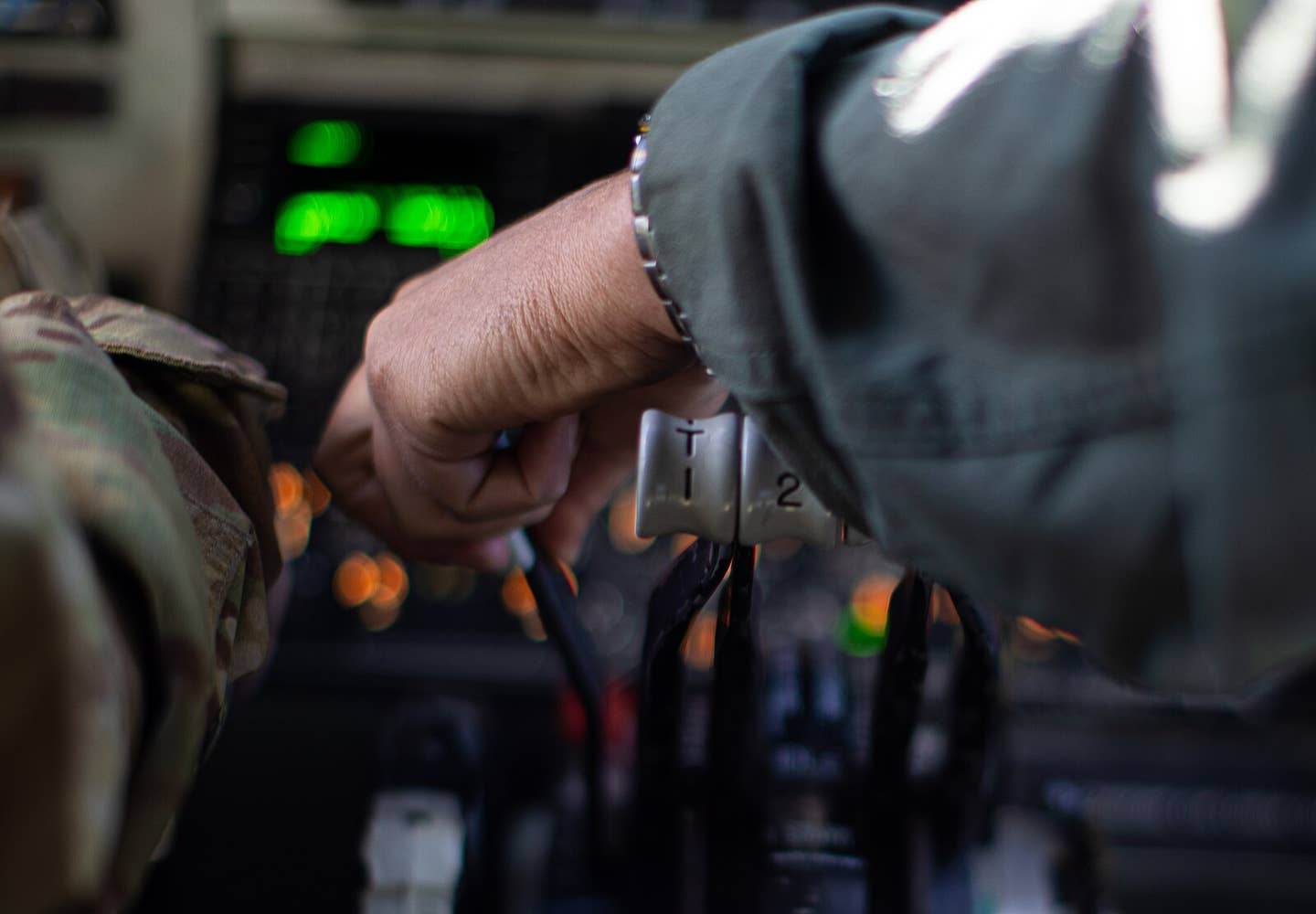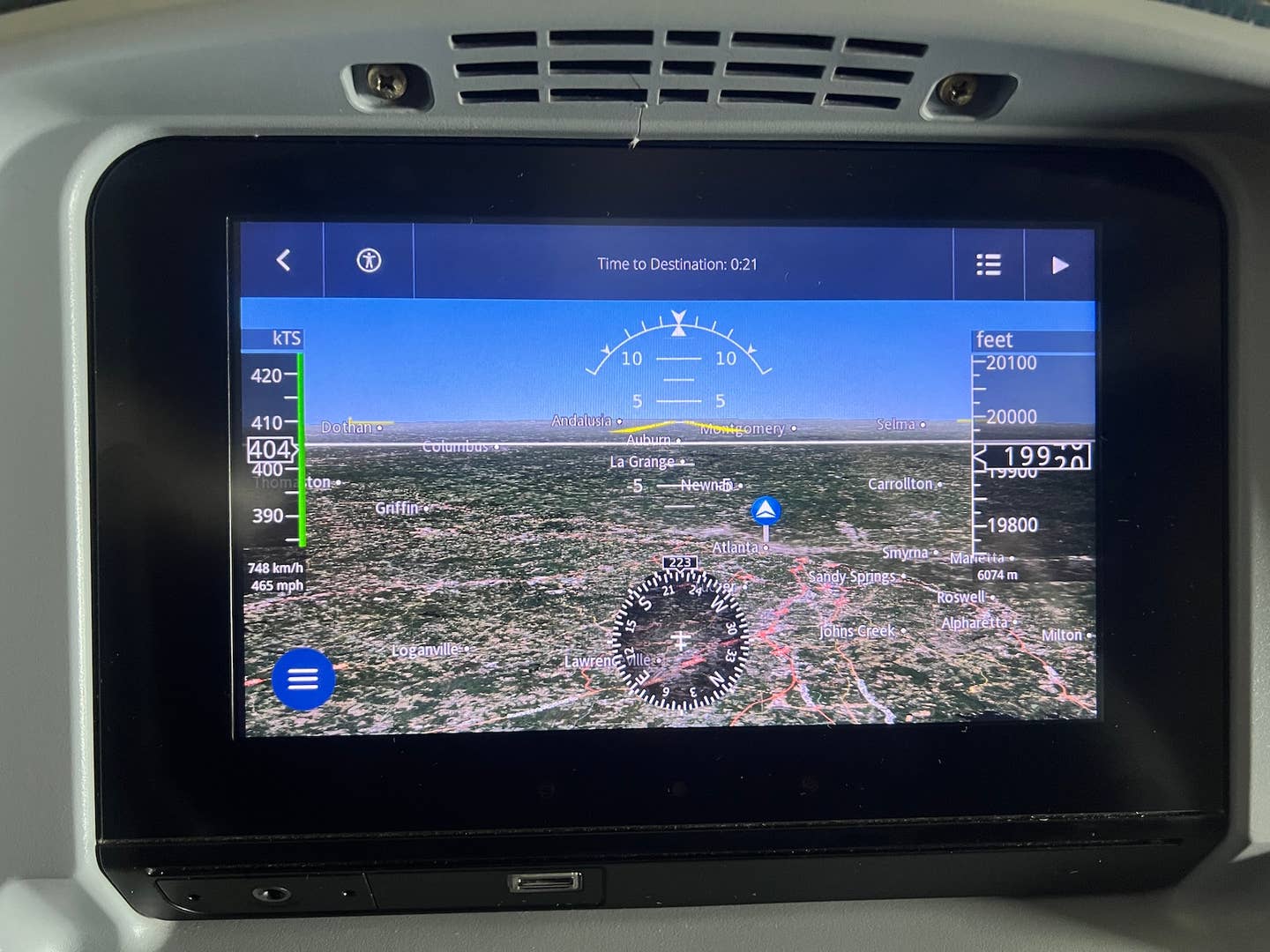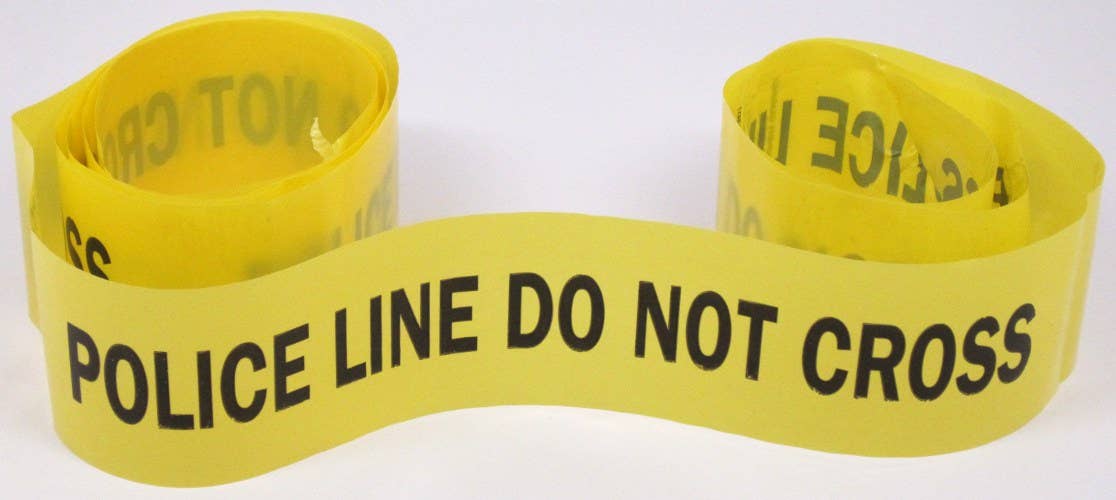Fly The Plane: Easier Said Than Done?
We all know the fundamentals of flying but why are they forgotten in a crisis?

An Air National Guard pilot with the with the 117th Air Refueling Wing (ARW) moves a throttle lever in the cockpit of a KC-135, Bucharest, Romania, May 15, 2024. Pilots must maintain tanker qualification every six months to stay proficient and capable for training and combat scenarios. (U.S. Army National Guard photo by Staff Sgt. Jaccob Hearn)
I climbed into the right seat of the old 172 on floats for one of those truly pleasant assignments. My pilot was one of Canada's leading broadcast journalists. He was introducing his new segment on the national news show he anchored in which top newsmakers were interviewed while they flew over the nation's capital and the beautiful countryside surrounding Ottawa.
He'd already done a few flights with politicians and other famous people and he said the unfamiliar environment of the cramped cockpit made them more reflective and spontaneous with their answers. It was an interesting and fun topic that I was pretty sure would be popular with AVweb viewers. There was a glitch right off the start, though.
When I pulled my less-than-sleek self onto the worn vinyl I think I got preoccupied with headset connections and didn't immediately close the door. When I was finally hooked up for audio, the pilot was already doing his control check. We were, shall we say, shoulder to shoulder as I pulled the door shut and I clearly didn't get enough on the flimsy latch mechanism. As we climbed through 100 feet, the door came loose and even with the noise cancelling headsets it was suddenly noisy and kind of distressing in the cabin.
I gave a mighty tug on the door but repeated efforts had more effect on my increasingly close relationship with one of Canada's most recognizable media celebrities and the damned door would not stay latched. My charming host turned into all-business PIC and we briefly discussed next steps. He continued the climb to about 1,000 feet and stayed over the lake. I took control and he reached behind me to grab the door and pull it home. He took the airplane back and, problem solved, we did a great interview and I enjoyed watching his segments, which became a regular part of his show.
I was reminded of this pretty unremarkable vignette by a lively social media thread I came across. A Baron went down in Colorado on Saturday, killing all three onboard. The last transmission from the pilot was that he was returning to the field because a door had "popped open." The last ADS-B burst showed the plane at about 200 feet AGL and 77 knots, four knots above the published stall speed. We'll let the experts flesh out the details but there was little doubt about what happened among the thread participants, all of them experienced and knowledgeable pilots and many of whom you would recognize. One noted it was the third fatal crash he'd heard of in a few months that involved an open door.
It wasn't clear which door had opened but if it was the rearmost of the double cabin doors behind the wing, it was probably pretty noisy and windy inside. That door opens rearward and would have been against the fuselage but still sticking out into the slipstream.
But as virtually all the commenters noted, even that door wouldn't have had much effect on the flying qualities of the plane. Noticeable? Certainly. But the commenters were unanimous in the belief that the plane would be controllable and that in those circumstances the pilot must "ignore the door and fly the plane" as one of the participants succinctly noted.
A Baron owner also chimed in and said he had a door open in flight. "It makes the plane buffet a bit and there's a noticeable amount of drag but nothing that should result in a crash." Of course, every plane is different but I think it's safe to say that for most designs an open door shouldn't be fatal.
It makes me wonder how training could be addressed to make this sort of thing a little more rare. When I think about the emergency training I've taken, the Aviate, Navigate, Communicate maxim was mentioned early but not stressed as the training progressed. The lessons became about learning procedures and the rote flipping of switches and twirling dials. And don't forget that popping the doors on purpose is actually part of the drill for preparing for any kind of emergency landing although it's always simulated in flight.
All of the door-related crashes happened in relatively complex aircraft meaning the pilots had been through extensive training in systems and performance of the aircraft. They had to have a pretty good idea about how the airplane would behave in a variety of unusual circumstances.
What I wonder is if they knew how they would react when things went sideways. The calm, cool, collected stereotype of pilots is so prevalent that it's almost like society believes steely-eyed competence comes in the envelope with the certificate. As we all know, when we slip the surly bonds we haul all our personal baggage with us and some of that might get in the way of doing the right things in an emergency.
I'm not sure that creating the correct flying mindset can be taught because it's such a personal and private thing. But perhaps throughout our training there could be reminders that the fundamentals be respected at all times, regardless of the complexity of the problem. But it goes beyond training. When I read an accident report, like everyone else I analyze how I would or should react to an unusual circumstance in an airplane. I do find myself playing out scenarios in my mind. You see, I don't really know how good I would be in a real emergency because I've been spared that experience so far.
And honestly, about they only thing I took away from the open door incident with the TV guy is that if your ass gets in the way of closing the door in a 172, it's time to increase that daily step count and reduce the French fry count.






